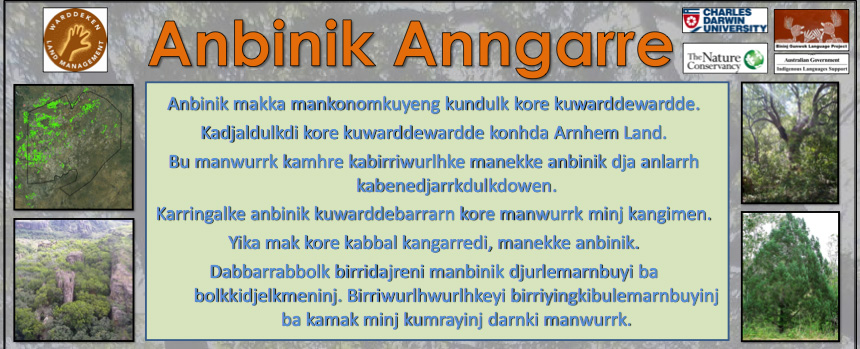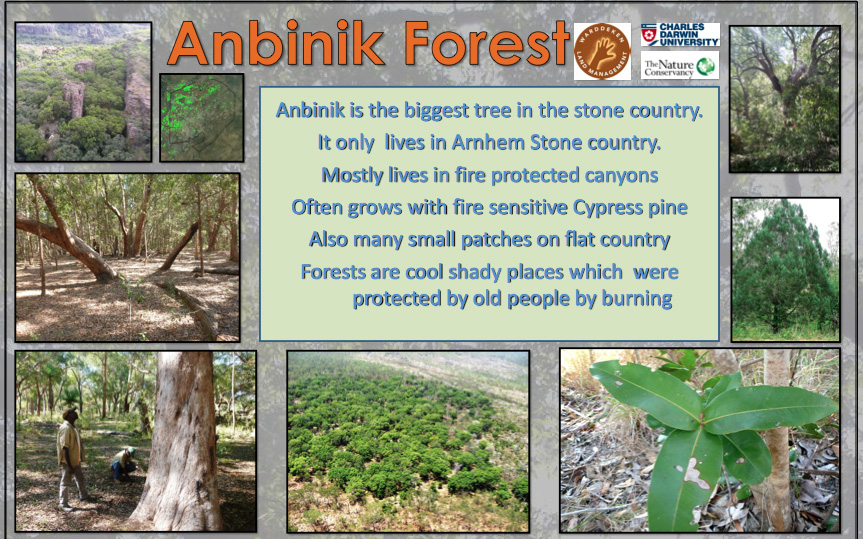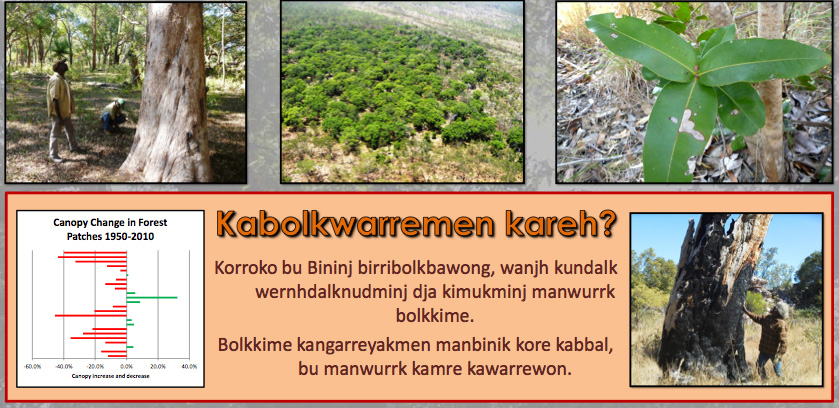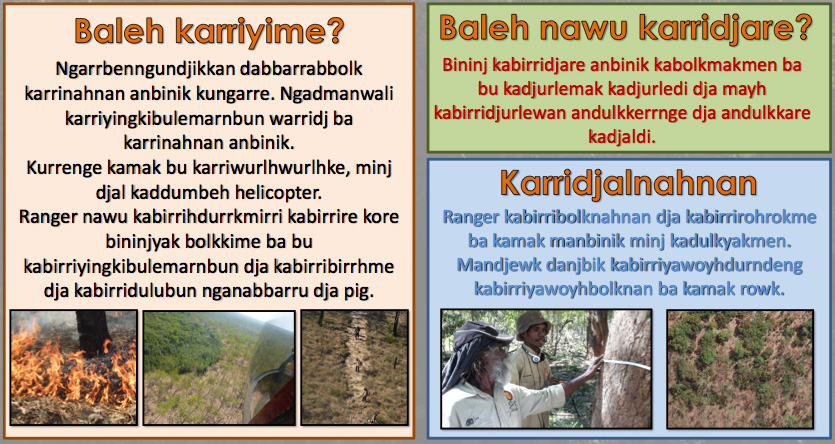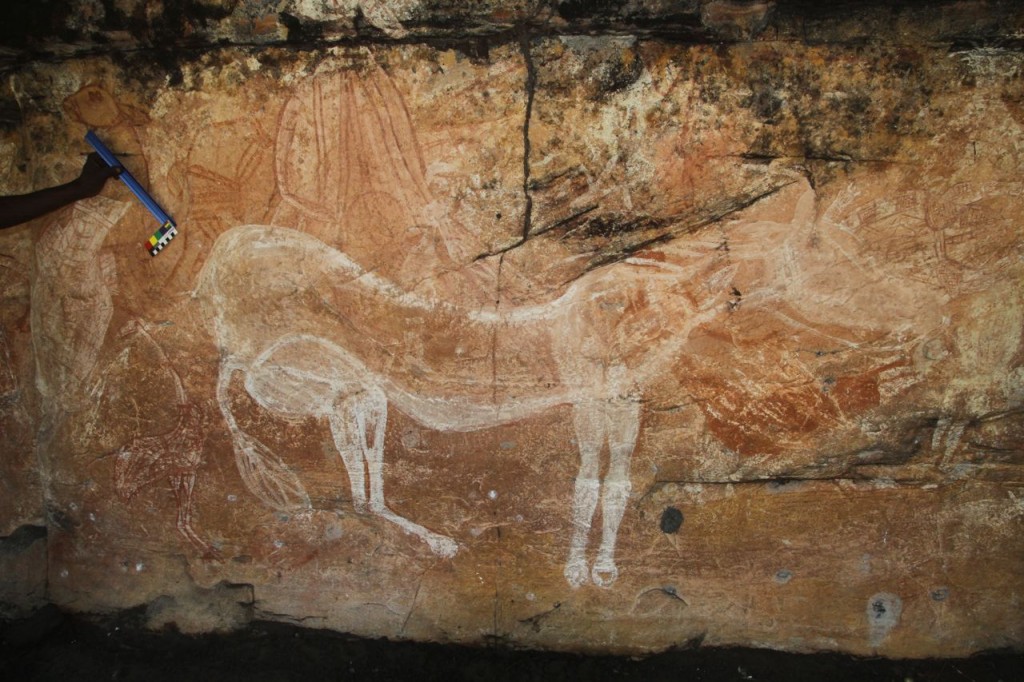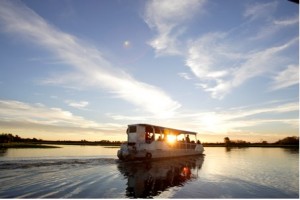Anbinik dja Kukodjdubbe Ankabo
(Allosyncarpia ternata trees and headwater wetlands)
The Bininj Gunwok Language Project has been working together with Warddeken Land Management Ltd, ecologist Jeremy Freeman from Charles Darwin University, and the Nature Conservancy to produce two new resources. One is a poster about anbinik trees and the other is about kukodjdubbe mankabo 'headwater wetlands' on the Arnhem Land Plateau. The anbinik poster is featured here in this post. Kunwinjku extracts from the poster are followed by the English translations. At the end of the images, there is a link to several files where you can download copies for your classrooms and offices. If you would like full size copies of these posters, use the contact tab on the main menu strip to get in touch with us.
Ngad nawu ngarridurrkmirri Bininj Kunwokken, ngarrbenbidyikarrmeng bedda nawu Warddeken kabirridurrkmirri kabirribolknahnan manbinik manngarre. Wanjh ngarridjarrkmarnbom bokenh djurra nawu manbinik dja kukodjdubbe mankabo.
Anbinik
The 'old people' (dabbarrabbolk) on the Arnhem Land plateau in the rock country used to speak Kundedjnjenghmi, one of the dialects of Bininj Gunwok. It has some similarities with Gundjeihmi spoken to the west. One of these similarities is that it uses an- as the vegetal noun class prefix, as does Gundjeihmi. In Kunwinjku this prefix is man-, so in Gundjeihmi and Kundedjnjenghmi the name for the Allosyncarpia ternata tree is anbinik and in Kunwinjku it is manbinik. The poster includes words from both Kundedjnjenghmi and Kunwinjku.
Files of the posters (pdf) are available here:
Thanks to our translation team:
Alfred Nayinggul, Andrew Manakgu, Donna Nadjamerrek and to 'the old people' who taught us about the importance of these trees.
